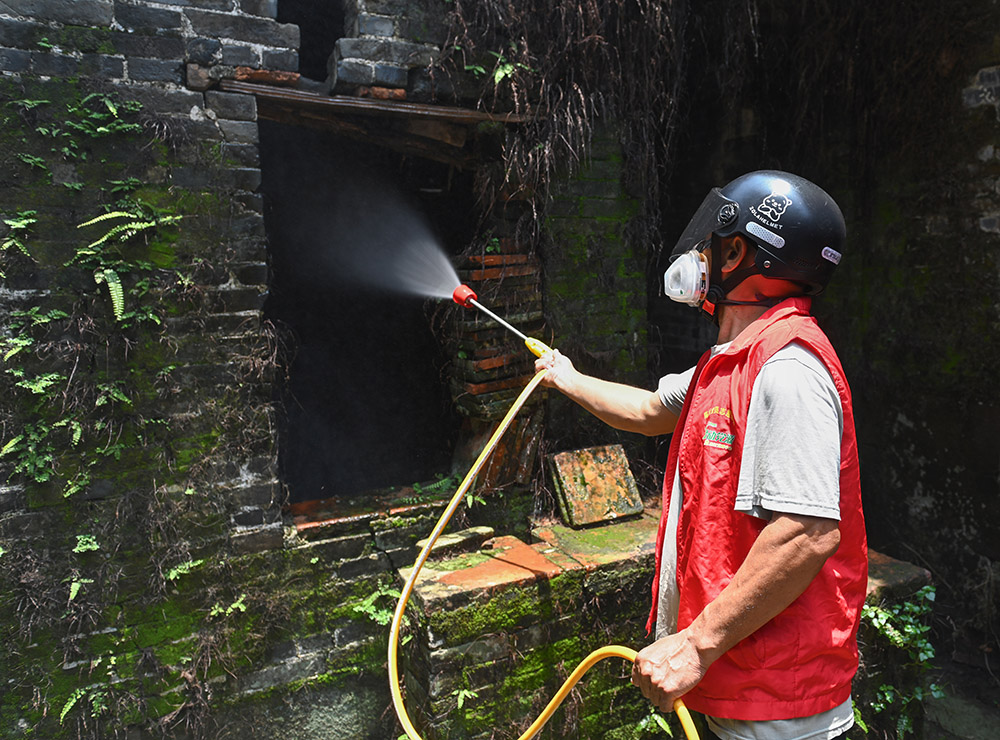Chikungunya virus China outbreak has exceeded 7,000 cases as Chinese officials introduce more contingency measures.
From July 20th to August 6th over 7,000 cases of Chikungunya Virus have been reported in China.
The cases have been focused on the manufacturing hub of Foshan in Guangdong province of China. In total 12 cities across Guangdong have reported cases. On Monday 4th August the first case in Hong Kong was also reported. A 12-year-old boy who developed fever, rash, and joint pain after traveling to Foshan in July.
The disease is more common
Cases have slowed in the past week as efforts to combat the virus have been implemented by local authorities.
The majority of those who’ve been infected have been released within 7 days.
What is Chikungunya Virus?
The virus is spread by bites of infected mosquitoes. It is not contagious between humans and can only be spread by infected mosquitoes.
It can cause fever, severe joint pain, rashes, headaches, muscle pain and swollen joints. While patients will feel better within a week in most cases, sometimes the effects can last for years. Those at higher risk of more severe issues are elderly, young, and those with pre-existing illnesses.
There is no cure, but deaths are rare.
This is China’s largest outbreak since the illness was first reported there in 2008. It is believed recent heavy rain and also high temperatures have been responsible.
According to the European Centre for Disease Prevention and Control since the beginning of 2025, there have been 240,000 chikungunya virus infections and 90 deaths in 16 countries.
How is China reacting to Chikungunya Virus?
At a national conference on the prevention and treatment of Chikungunya fever on July 29th, it was urged hospitals and health institutions strengthen quality control of testing and management of outpatient and emergency services to help manage the outbreak.
On July 31st China’s National Health Commission and the National Administration of Traditional Chinese Medicine also released a new protocol for Chikungunya fever to help guide treatment and improve standardised care across medical institutions.
A day later Chinese Vice Premier Liu Guozhong called for all-out efforts to secure a decisive victory over the outbreak of Chikungunya fever, as he toured parts of Guandong effected by the outbreak.
Foshan has designated 53 hospitals as treatment centres and expanded its number of mosquito-proof isolation beds.
They have even released fish into waterways to eat mosquito larvae, preventing them spreading the virus.
If you like this article why not read: China takes actions to prevent and control the spread of Chikungunya fever






XxjpsgC007116_20250211_PEPFN0A001.jpg)




